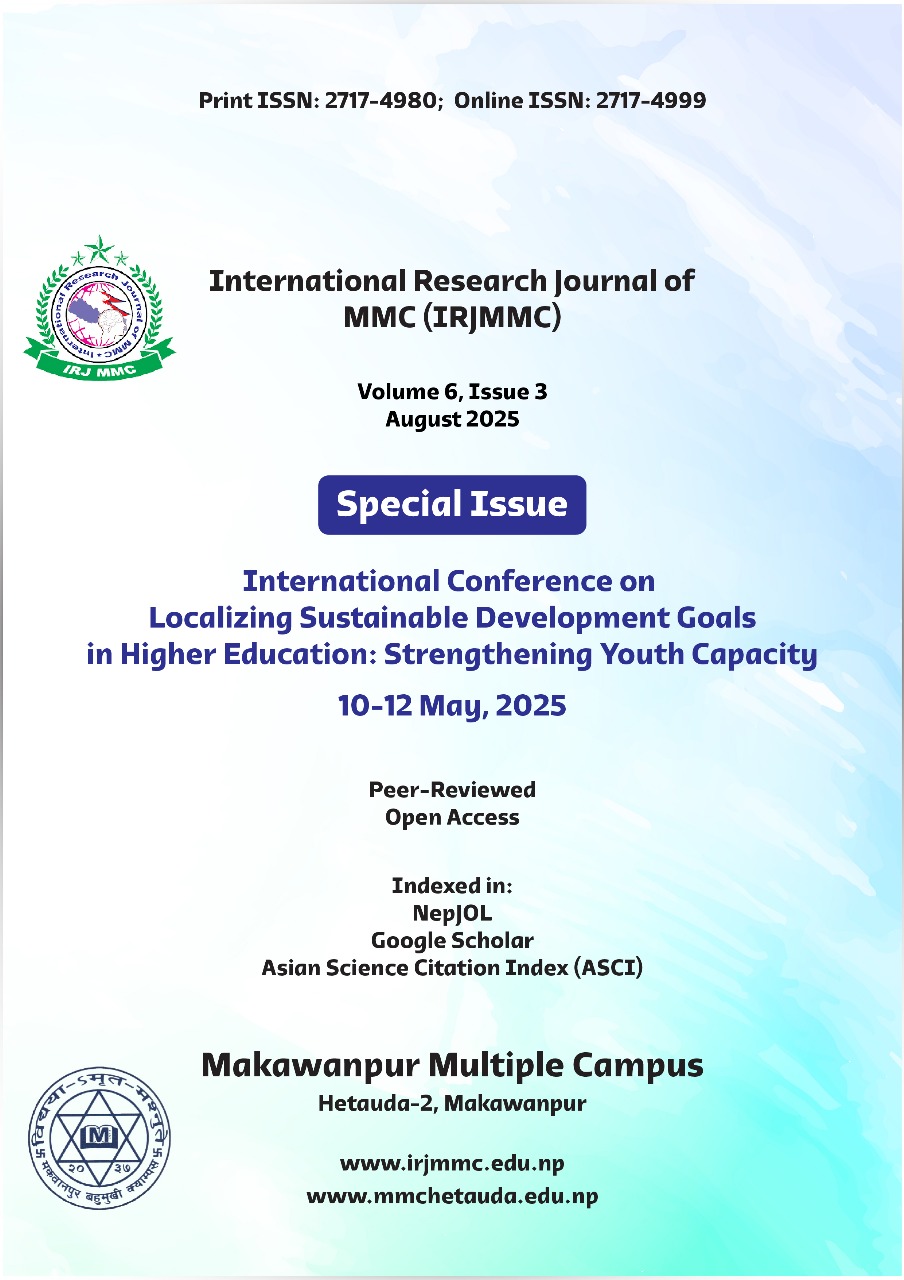Navigating Human Resource Turbulence in Mergers and acquisitions: Insights from Nepal’s Banking Sectors
DOI:
https://doi.org/10.3126/irjmmc.v6i3.83008Keywords:
mergers and acquisitions, human resources, Nepal banking, mixed methods, NVivo, regression analysis, employee moraleAbstract
Mergers and acquisitions (M&As) are increasingly adopted by banks worldwide to achieve financial consolidation, enhance competitiveness, and attain economies of scale. Despite robust financial rationale, many M&As ultimately fail due to the neglect of human resource (HR) aspects that surface during post-merger integration. This study investigates HR turbulence in Nepalese bank mergers through a mixed-methods design that combines rich qualitative insights and in-depth quantitative analyses. Semi-structured interviews (n = 43) with Branch Managers, Executives, Zoom participants, and Frontline/HR employees were subjected to thematic analysis using NVivo 12, yielding primary themes such as job insecurity, communication breakdowns, cultural incompatibility, leadership instability, and post-merger skill gaps. Concurrently, a structured survey (n = 150) administered to bank employees captured quantitative measures on key dimensions (job security, communication clarity, training adequacy, cultural compatibility, and leadership clarity) using a 5-point Likert scale. Statistical analyses in Excel—comprising descriptive statistics, graphical visualizations, and multiple regression analysis—validated three core hypotheses. Specifically, higher job insecurity was significantly associated with reduced employee morale (β = –0.65, p < .01), whereas enhanced communication clarity (β = +0.32, p < .05) and structured training programs (β = +0.43, p < .05) positively influenced morale. Overall, the regression model explained 62% of the variance in employee morale (R² = 0.62). The findings underscore the need for a proactive, people-centric integration strategy to mitigate HR turbulence in bank mergers. Recommendations for policymakers and industry practitioners are provided.
Downloads
Downloads
Published
How to Cite
Issue
Section
License
Copyright (c) 2025 International Research Journal of MMC (IRJMMC)

This work is licensed under a Creative Commons Attribution-NonCommercial 4.0 International License.




